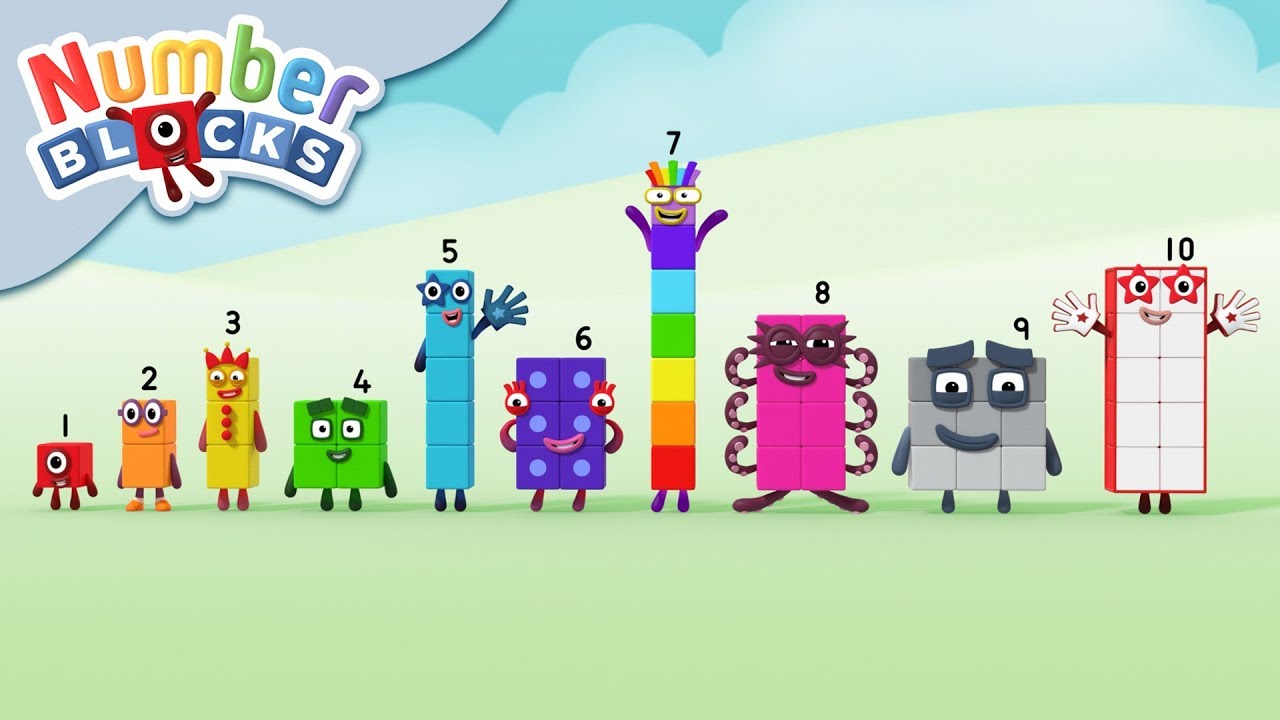
Mathematics in the Early Years Foundation Stage Curriculum comes under two strands, each of which has an Early Learning Goal attached:-
Number
Early Learning Goal – Have a deep understanding of number to 10, including the composition of each number;
– Subitise (recognise quantities without counting) up to 5;
– Automatically recall (without reference to rhymes, counting or other aids) number bonds up to 5 (including subtraction facts) and some number bonds to 10, including double facts.
Numerical Patterns
Early Learning Goal – Verbally count beyond 20, recognising the pattern of the counting system;
– Compare quantities up to 10 in different contexts, recognising when one quantity is greater than, less than or the same as the other quantity;
– Explore and represent patterns within numbers up to 10, including evens and odds, double facts and how quantities can be distributed equally.
Ways to support your children at home
As well as maths learning at school, it is essential that your child is given opportunities to experience
maths in everyday life. Please see below some ideas to support your child at home.
- Count – steps up the stairs, money into a money box etc
- Ask children to say how many without counting (5 or fewer)
- Play games using dice/dominoes and encourage child to say how many spots without counting.
- Think of their own representations for numbers eg one of them, two hands, three bears, four wheels on a car, five toes, six sides on a dice, seven dwarves, eight legs on an octopus etc
- Watch Numberblocks on Cbeebies. This programme is written by maths specialists to model maths
concepts and represents number brilliantly. Hide numbers around the house or garden for children to find. - Play outdoor maths games like hopscotch and skittles. Even better, let children make up their
own games and decide how to score points. - Read books with maths concepts eg The Very Hungry Caterpillar, One is a snail, ten is a crab,
What’s the time, Mr Wolf? The doorbell rang. - Shopping: Getting your child to count items as they are added to a shopping basket, noticing
numbers on price tags, using money to pay - Cooking: Weighing out ingredients, cutting up toast into different shapes, using cookie cutters of
different shapes - Telling the Time: Discuss past/present/future, how long until…?, can you tell me when it is…?
- Walking/ Travelling to School: Looking at shapes in the environment, noticing the numbers on the
front doors of houses- do they count forwards or backwards? Are the numbers odd or even?, estimating the number of yellow cars, etc. you will see on a journey The most important thing is for your child to experience a positive attitude to maths – it is OK not to
know the answer straight away or be right first time. Maths is a learning journey and regular practise and experience of maths will help your child when learning in the classroom.Please click on the links below to discover ideas about how you can help your child at home:
Maths reasoning activities 3-4 years old
Maths reasoning activities 4-5 years old
Websites
https://www.topmarks.co.uk/ – in the ‘Browse by subject and age group’ section, select ‘Maths’
and ‘Early Years’ to find age-appropriate activities.https://www.crickweb.co.uk/ – Select the ‘Early Years’ tab for age-appropriate activities.
https://www.bbc.co.uk/cbeebies/shows/numberblocks/
http://nrich.maths.org/early-years
http://www.crickweb.co.uk/Early-Years.html – Counting songs

